The domestic foreign brand television is dominated by Japanese and Korean brands. Philips has been researching and developing TV since 1925. It is considered as a qualified old brand, but it has not received much attention in China. However, Philips has a glorious history in the display field. In the CRT era, LG merged the kinescope business to become the largest manufacturer of picture tube; entered the LCD era LPG (LG.Philips LCD) global market share was ranked first; later Philips's television department It also merged with TPV, the so-called global monitor’s top brand, TPV. But now CRT has basically withdrawn from the historical stage, Philips also withdrew from LPL, and TPV's shares are also all acquired by TPV, which means that Philips has basically nothing to do with the display area. But I'm still looking forward to this Shushi Blue Series because Philips has Lumileds!

Many people may not know what Lumileds is, but friends who play LED flashlight earlier should be familiar with the brand, and I'll be a bit more popular. In 1998, the first white LED on the market was listed on the left side of the picture. Soon the LED was used on a flashlight and it was easy to kill the mainstream high-end flashlight: Magnesium. However, this type of LED power is very small in Japan, you want to increase the brightness can only be achieved by a number of lamp beads, the most classic work is the American police flashlight INOVA X5, with 5 Nichia LED lamp beads to achieve high brightness. Then in 1999 Lumileds hit the stage of history. It introduced high-power LED lamp beads (middle figure in the above picture). Historical products monopolized this neighborhood. From the tall Shenhuo to Shanzhai cargo, Lumileds should be marked on the barrel. . Until 2006 CREE turned out to break this situation, CREE's high-power light bulb efficiency than Lumileds's product is twice as high, so that almost all the flashlight manufacturers to change the CREE door, and now most of the cottage flashlight fight God fire or CREE's Marked. Of course, Lumileds has not been idle these years, and has launched a lot of new products. Now it is the state of competition between Lumileds and CREE.
Now the major brands of low-blue-based monitors or TVs are all started with Blu-ray filtering, especially by a certain G brand glasses with a bad atmosphere, there are a large number of yellow lenses this overkill products. However, Philips' bottom-up salary directly changed the peak wavelength of LED blue light, thereby weakening short-wave blue light, which is far superior to blue light filtering in principle. Although I do not have the equipment to detect the spectrum, there is Lumileds such an overlord blessing in the LED neighborhood that gives people great confidence.
Test directory
1, appearance and interface
2, functional test
3, HDMI test
4, display effect
5, power consumption test
6, test summary
1, appearance and interface
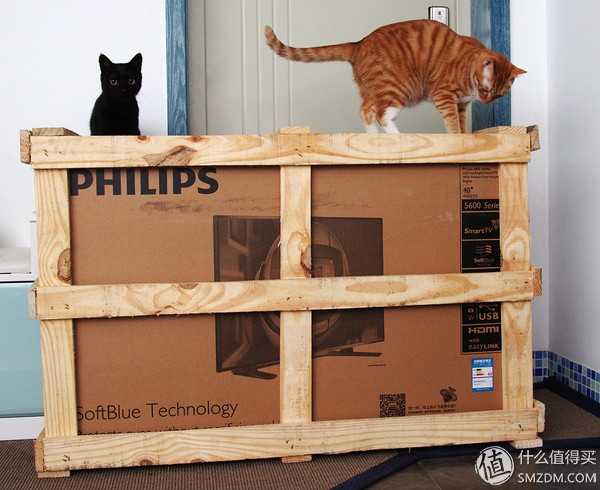
TVs are delivered through Debon Logistics, and it is inevitable that they will be tested by comets first.

Unscrew the upper box and remind the wooden box that the nail must be pulled out or knocked in order to avoid injury.
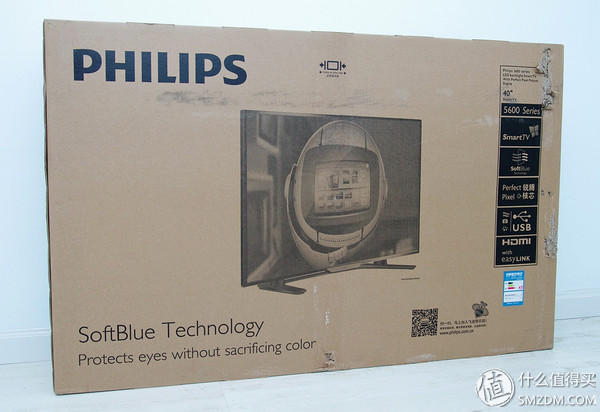
The box size is bigger than I expected. The 40-inch TV should not be so big. In addition, it is necessary to complain that Debon's wooden frame is not very good, and the carton was scratched by the exposed nail head.

The television has an energy efficiency rating of 3 and an energy efficiency index of 1.3. According to the 2013 version of the "Tablet TV Efficiency Limits and Energy Efficiency Ratings," the energy efficiency index for Levels 2-3 requires no less than 2.7, 2.0, and 1.3. This shows that the energy efficiency of this TV is not high, compared to an energy-efficient TV. With the same size and brightness settings, the power consumption will be doubled. However, it should be noted that this standard will also change, the 2010 version of the standard is 1.4, 1.0 and 0.6, which is half lower than the 2013 version, and recognizes that the energy efficiency index is more reliable than the recognition level.
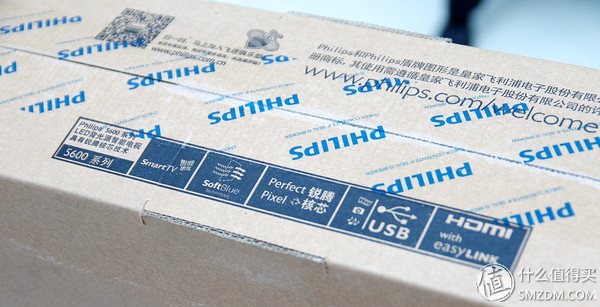
The box is full of the features of this TV: Smart, Net Blue, Rising Core, USB, easylink, etc.
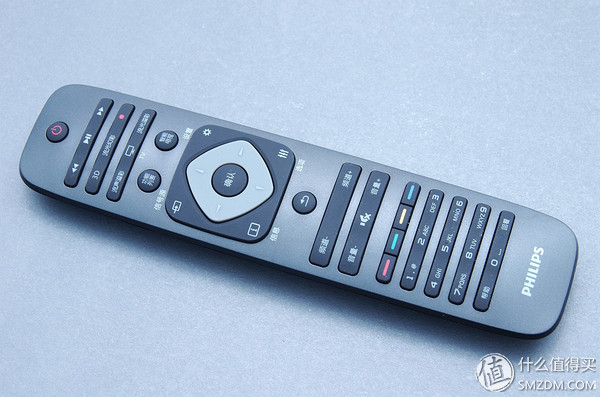
After removing the box, remove the items one by one. The first is the remote controller. The rounded appearance makes it feel pretty good. It can be seen from the buttons that it is a universal remote control. The Ambilight and other functions keys that this TV does not support are all on the top. The top several play buttons should be pre-made for the easy link function. Stay.
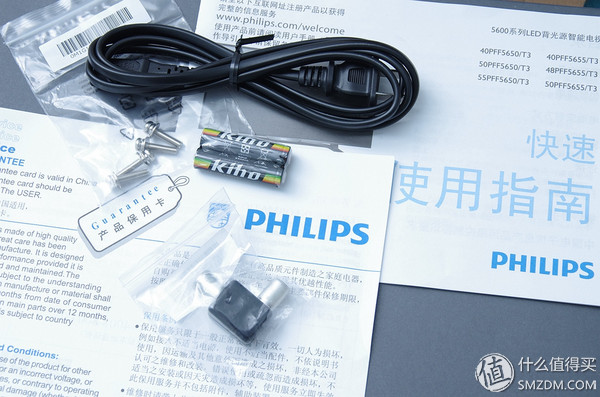
Other accessories are so little: power cords, base screws, batteries, cable isolator, warranty cards, and quick-to-use guides, not even this manual, which once made me think it was a leak.
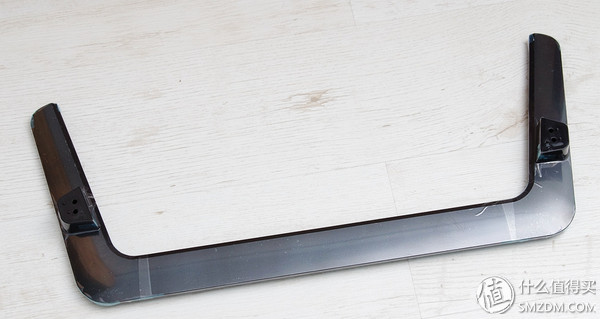
The base is then removed and it is very simple and short. In the box, it was placed next to the TV. It's no wonder that the box is so large. In fact, such a short base can be completely placed on the TV. The box can be made much smaller.
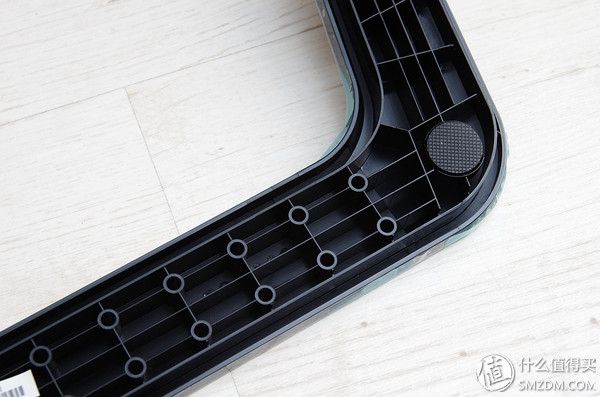
On the back of the base, the entire plastic is very thin, but with a lot of vertical reinforcement, the strength should be no problem.

Finally remove the TV, the TV frame is very narrow, but the overall thickness is thick, can not stand upright without the base.
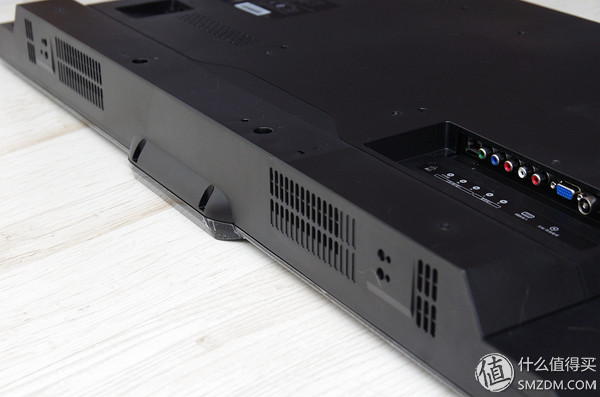
The built-in speaker is located at the top of the TV. The measured thickness at this position is 77mm, which is a bit too thick for the current LED TV. However, this doesn't matter. It's really a few centimeters.
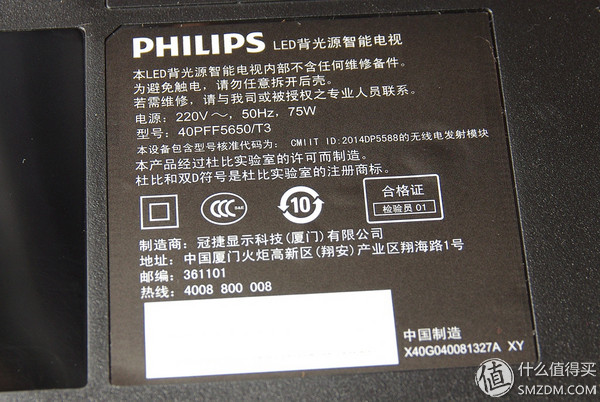
The label on the back, TPV production is of course, now TPV has all the shares of TPV. TPV also has many years of television production experience, to OEM TV for countless brands, in 2008 when a L32BN83 was scorched hot, because from the rear vents can be directly seen inside the panel is posted SHARP tag.
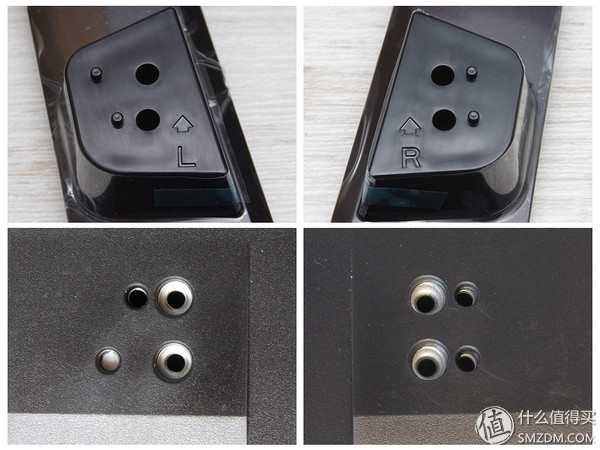
The design of the bumps on the left and right sides of the base is different to limit the installation direction of the base. If you want to reverse the installation of the base, you need to cut off the two bumps.
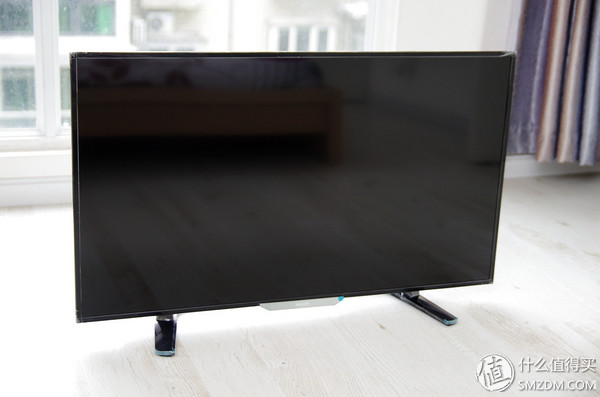
The installed TV is well-formed, the border is only 12mm wide, and the whole is black. Only the bottom logo is made of silver.
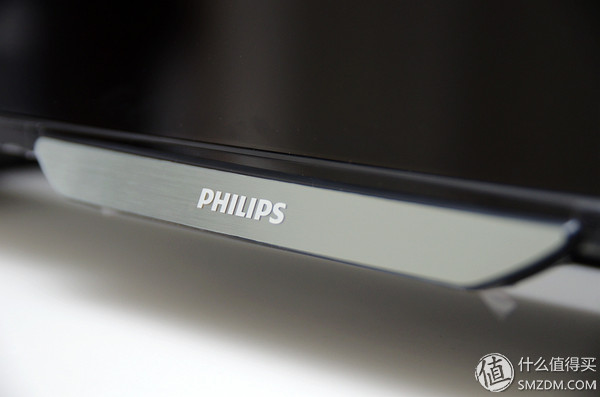
Silver brushed logo more texture
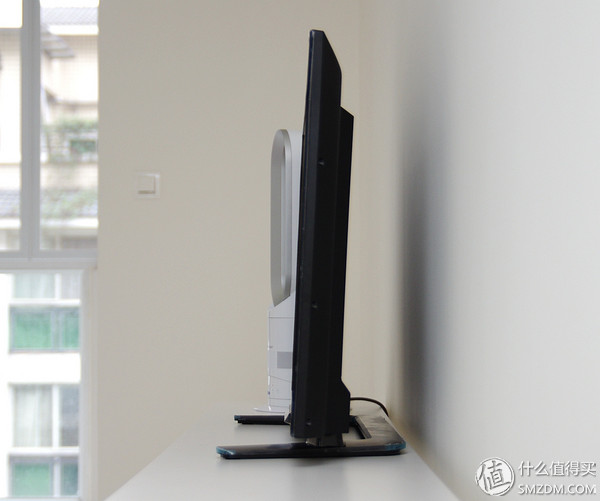
It can be seen from the side that the rear of this TV is not completely vertical, but it is slightly backwards. This angle design determines that it is more suitable to be placed below the line of sight.

Philips 40PFF5650/T3 body switch is a four-dimensional direction bar, four directions to select the menu, the middle press is to confirm.
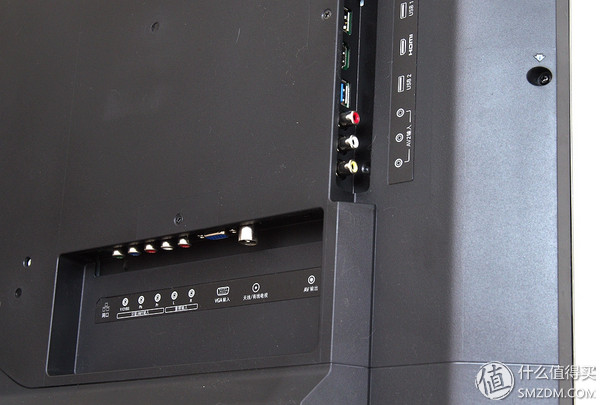
The interface of this TV is inserted from the side, which is much more convenient than the vertical insertion. My previous experience, "It takes a small amount of money to solve the regret in the decoration: talk about the various adapters needed in the home", is the problem. It hurts my brain. But unfortunately it's interface is too little, AV, color, VGA is now basically eliminated, cable TV has no signal, you must add a set-top box to use, the mainstream HDMI interface is only one, but added USB interface is to stay Two, and one of them is USB3.0.
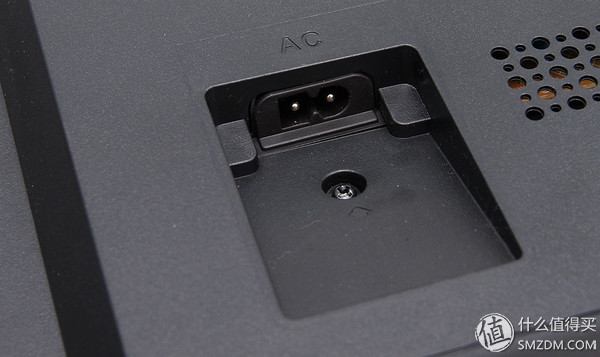
Including the power connector is also designed to be inserted sideways, and this is indeed done well.
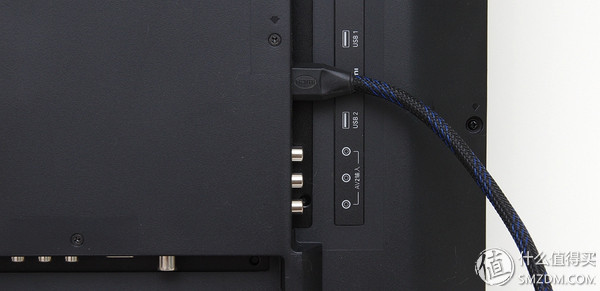
Put the HDMI interface on the side is better to insert and pull, but now HDMI generally do very thick, large turning radius, it is easy to expose to the outside of the TV to affect the appearance, it is best to get a soft and detailed HDMI with the use.

TPV does not have its own panel production line, so specifically open the back cover to see which panel the TV is using. Although not familiar with the interior of the TV, the flying line in this area is a bit messy.
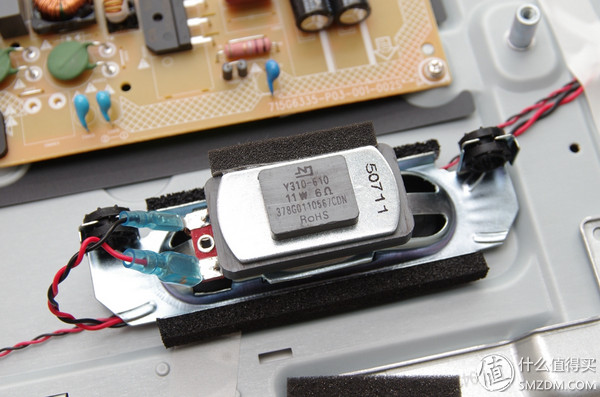
11W runway-type full-range speaker, this TV has a large internal space, especially at the bottom of this one is no less than the sound bar, with the speaker quality is also good, actually did not design a cavity for the speaker to improve the sound quality, it is a bit pity .
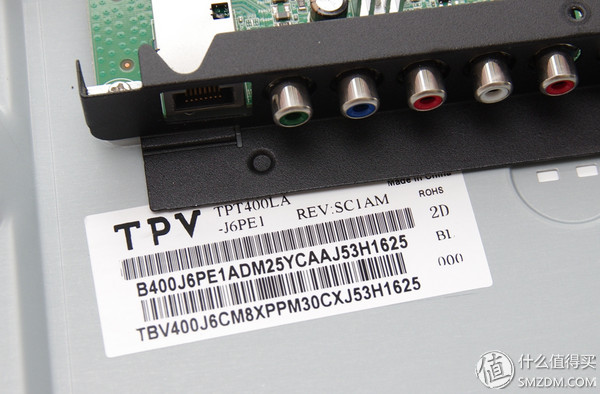
TPV TPT400LA-J6PE1, TPV's own panel components, search this model will find that many brands including SONY, Pioneer, LeTV are using this component, or TPV OEM?
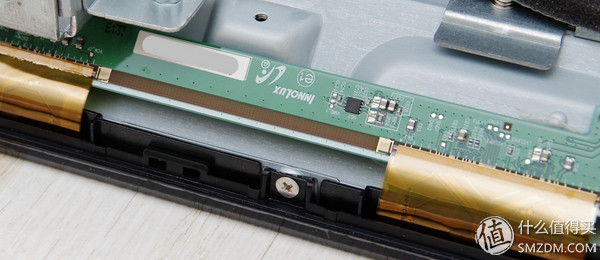
The components did not continue to be disassembled. It can be seen from the LCD driver board that the panel is provided by Innolux Innolux. Innolux has provided panels for almost all TV brands, and high-end brands such as Samsung, LG, Sharp, and Sony have adopted a large number of Innolux panels.
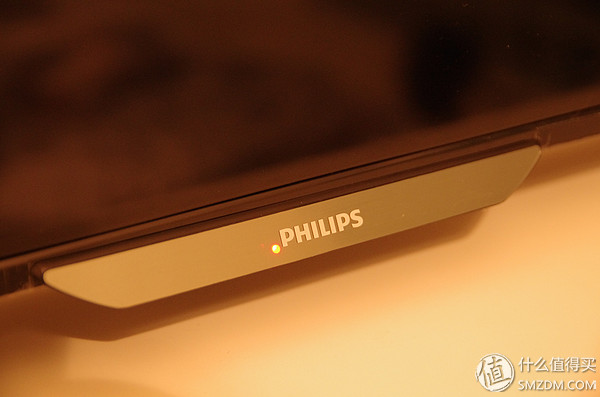
Finally, talk about the power indicator, when it is off, it will be red, it will turn blue when it is turned on, and it will flash when receiving infrared signals. The function design is more reliable, but it really does not know how to arrange in this strange position, quite a kind of matchmaker. The sense of disobedience cannot be corrected
2, functional test
a, boot and set up
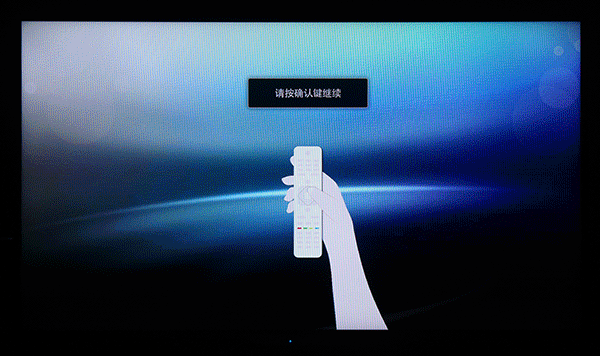
When the Philips 40PFF5650/T3 is turned on for the first time, it will first enter the setup function and set basic settings for menu language, networking, TV channels, picture quality sound, etc. After the setup is complete, the demo video and product manual will be reminded to watch. I personally disagree with this practice of providing only electronic instructions. It is only a very small number of days that one can completely remember the instructions. Most people still need to perform comparisons at the time of operation. Only paper manuals can be true. kick in.
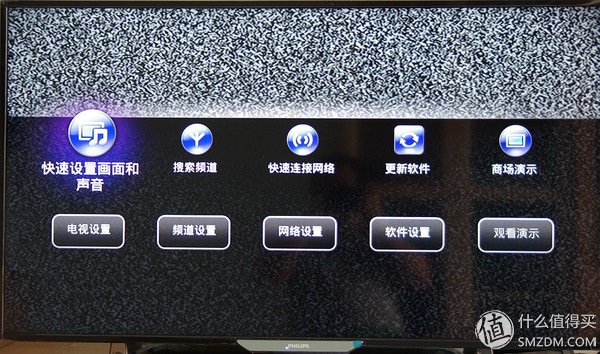
After entering the system, you can press the Setup button to bring up the menu to adjust the settings. The function here is basically the same as when you first boot.

The sound quality setting interface is relatively simple, you only need to select your favorite AB item according to the screen display, and you can complete the setting after 9 steps, which is very convenient.

As for channels, wifi, and system upgrades, these are very simple and are not explained carefully.
b. Smart TV
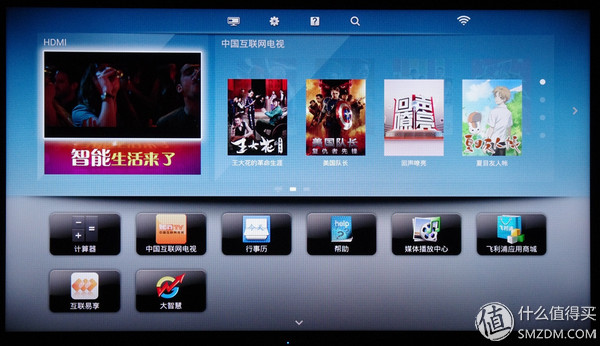
Since cable television lines have no signal now, channel functions have basically become furnishings, and only built-in televisions can use smart TV functions. The figure above is the homepage of the smart TV function. The content played in front of the smart TV will be displayed in the upper left corner, the online video link is on the upper right, and the built-in software is on the lower part. The variety of software installed by myself is inconvenient. This article basically tests only the built-in functions.

The first is ICNTV China Internet TV. Because of the well-known reasons, various built-in systems and boxes are no longer allowed to provide online live broadcast functions. If you want to use the system's own software, you can only watch these online videos.
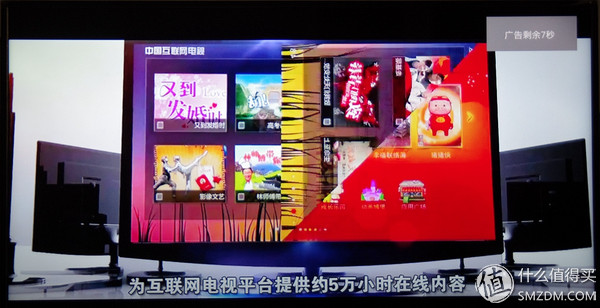
ICNTV inserts 15 seconds of advertising before each video, but this ad exposes its own shortcomings: It only provides 50,000 hours of online content. Want to enjoy online video or install other software.
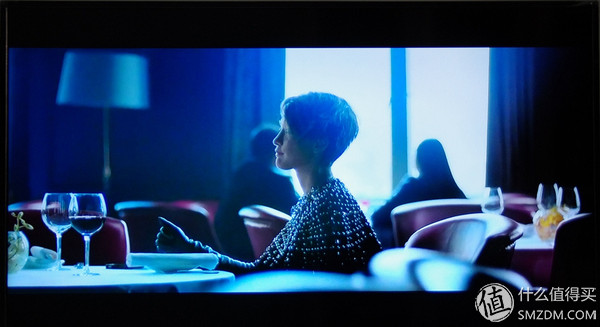
ICNTV's online video performance is not good, close to the low bit rate 720p video level.

The built-in "media player center" is also very weak. It can only read the contents of the built-in memory and USB flash drive. It has almost no function, and it does not support subtitles and file formats. Since my home video, music, photos, etc. are all on NAS, this feature is negligible.

If you want to read data from your NAS, you must run another built-in software: Easy Connect. The interface of this software is exactly the same as the media playing center, but the location of reading files is different.
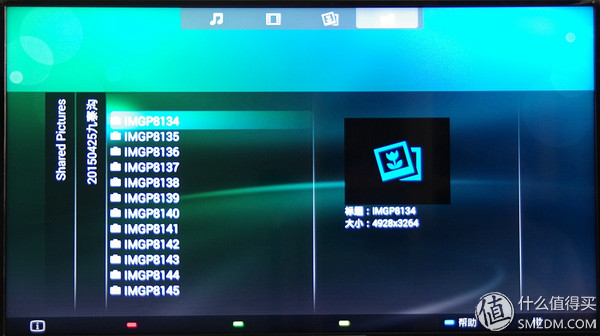
Its support for photos is not good, even the basic functions of the thumbnail preview are not

After opening the photo, you can't zoom, page, etc. You can only return to the directory and open another photo, so this function can also be ignored.
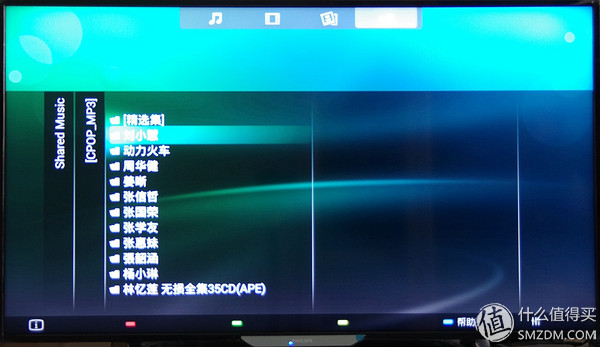
Support for music files is also weak, and lossless formats are naturally not recognizable.

There is no way to display the album cover when playing music, and there is no way to play a few songs at the same time, and you have to go back to the directory and re-select after you have played one song. . .

Video is also not optimistic. Basically there is no function at all, but it can only be released.

Philips provides application store functions for smart TVs that can be downloaded to some software. However, there are not many resources for using the mall, and downloading third-party software from the USB stick for installation should be more extensive.

One of the biggest disadvantages of smart TVs is that it slows down. Regardless of the switching function or the switching function and channel, it is much slower than a non-intelligent device. The startup of the 40PFF5650/T3 is probably measured by a stopwatch. It takes 27 seconds to boot, really. It is very urgent.
The smart TV function is introduced here. Although the built-in program provided by Philips is very poor, it is a smart TV after all. The functions needed can be improved by installing software. The third-party software is the origin of the word “smartâ€. .
3, HDMI test
With the popularity of the wide-area set-top box and the cancellation of analog signals, the TV's built-in channel functions have become more and more popular. The TV sets are increasingly closer to a single display function, and the display interfaces are basically centralized to a unified HDMI interface. The perfect function will have a great influence on the use. Here I mainly test a few problems I have encountered: point-to-point, screen delay, CEC, ARC, briefly introduce
Peer-to-peer : This problem is more common when using a computer-connected TV. It does not support peer-to-peer TV. There are two problems: First, the computer only supports 1360768 resolution, and cannot match 1366768 resolution TV. The difference is six. Pixels will have a few blurred lines on the screen; the second is that when the 1080p TV is connected to the computer, the screen will be enlarged, and it will go outside the screen in a circle.
Picture Delay : The TV will join the picture optimization processing circuit to improve the picture quality. For example, Sharp's core, Sony's sharp, etc., this optimization process will cause slight delay to the picture, and the delay of the processing circuit with the frame interpolation function. obvious. Although this delay is very short, it has no effect on watching movies or television, but if it is connected to a computer or a game console, it will greatly affect it. It will make you feel a significant sense of lag in moving your mouse. You can never play at precise time when playing games. attack. Therefore, the well-designed TV will provide options or modes to turn off these functions in addition to the picture quality optimization processing circuit. For example, Sony has provided game mode options.
CEC : Used to transmit industry-standard AV Link protocol signals to support single remote control to operate multiple AV machines. Simply speaking, it is through the HDMI cable to send control signals, TV switch machine to send control signals to the speaker switch machine through HDMI, the TV remote control volume automatically adjusts the volume of the speaker, you do not need to use your own audio remote controller.
ARC : Audio feedback, this feature can "upload" the TV audio to the audio equipment. The audio equipment is connected to the TV with an HDMI cable, and then the game console, HTPC, set-top box and other devices are also connected to the TV. The TV will automatically “upload†the audio of the playing device to the audio without switching the audio. Source operation.

First of all, I received the computer on the Philips 40PFF5650/T3, you can see that the beginning did not realize the point-to-point, all around the screen went off the screen, as long as the TV mode in the screen settings will be able to achieve point-to-point, and this There is no delay in the mouse mode, and obviously the video processing function is also turned off to solve the picture delay problem.
Various TV manufacturers have given strange names to CEC and ARC functions. Philips' EasyLink actually refers to these two functions. However, some brands of TV will only support some functions, such as my home's SONY EX630 only supports CEC does not support ARC function, I wrote a sun single "ingenious fusion into the absence of presence sound: DENON Tianlong soundbar DHT-S412 sound "" It is mainly to demonstrate this function, this test I also received this set of Tianlong S412 received 40PFF5650/T3.
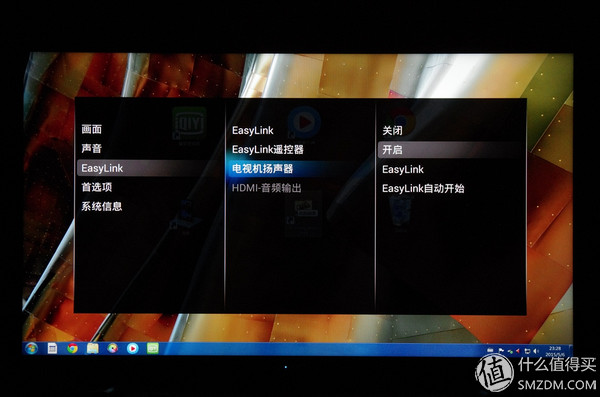
From the 40PFF5650/T3 EasyLink setup menu, you can see that EasyLink Remote is turned on by default. This is the CEC function. The default is “On†under the TV Speakers option, which means that the TV's internal speakers are used instead of the external speakers, and the HDMI audio output is gray.
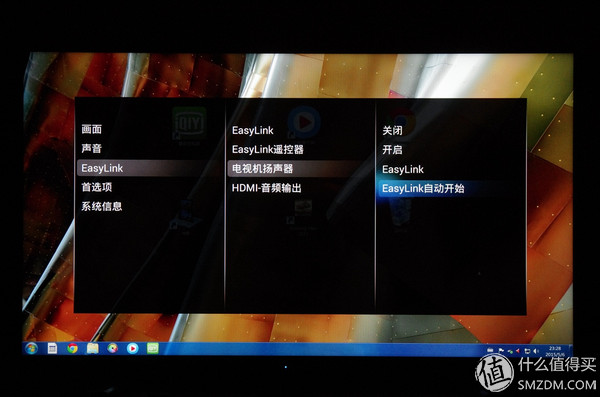
After "EasyLink Auto Start" is selected, "HDMI Audio Output" is brightened, which is the ARC function
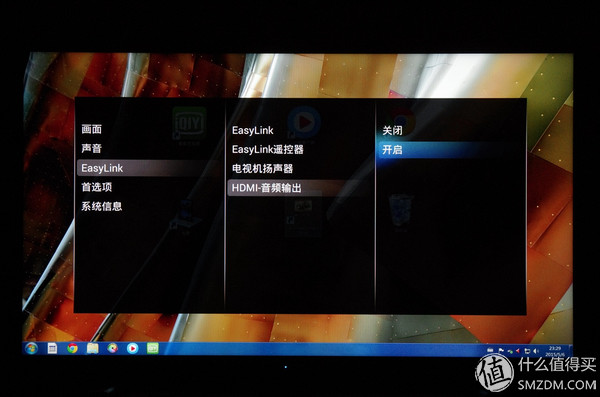
The biggest benefit of ARC is that it allows HDMI to transmit data in both directions. Usually the wiring method is to connect the computer (HD player) to the amplifier and then connect the amplifier to the TV. If the TV does not support the ARC function, then the sound will only sound when the device connected to the amplifier is used, and the built-in smart TV software can only use the built-in speaker of the TV to speak out. However, on ARC-enabled TVs, any audio signal that is input into the TV through the built-in or through other interfaces will be sent to the audio amplifier for amplification. This is an extremely useful feature.

It is confirmed that the CEC and ARC functions of 40PFF5650/T3 can be realized in the actual measurement. But there is a small bug in the volume control: the volume and sound displayed on the TV are not synchronized because the volume level of the Philips TV is different from Onkyo! Onkyo 412's volume is divided into 34 levels, my SONY TV volume has 100 levels, when using SONY TV remote control to adjust the volume through the CEC will jump 0,3,6,9 this way, for Onkyo 0,1, 2, 3 levels. But when the Philips controls the volume, both the TV and the audio are stepped by 1, and sometimes the TV shows a volume of 0, but the volume on the Onkyo still has 8 and continues to press the volume reduction. The TV always shows 0, and there will be on the bridge. Continuing to decrease until 0, adjusting to a large volume will also have the same problem, causing some confusion with the volume adjustment.
4, display effect

In terms of latency, 40PFF5650/T3 performed well and no tailing was seen at all.

The performance of 40PFF5650/T3 at the viewing angle is not very good. Obvious discoloration is seen at large angles. However, televisions are mostly used for long-distance frontal viewing, and homes generally have no effect.

In order to test the display effect of 40PFF5650/T3, I put it on the computer to play dual-display, and it is actually no sense. But in fact this can't really stand with the eyes
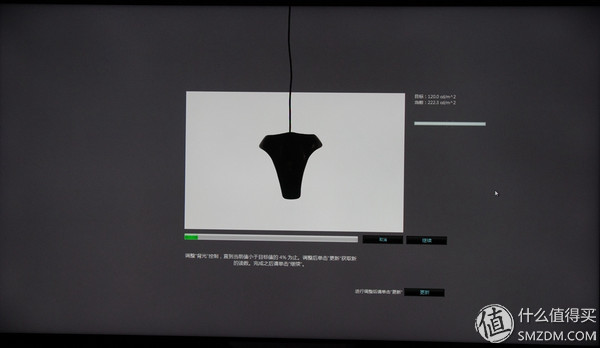
The test equipment is still my red spider.
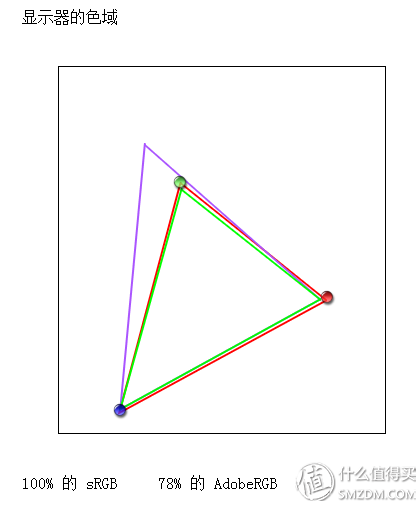

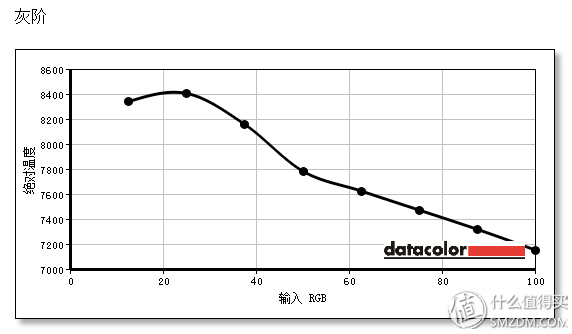


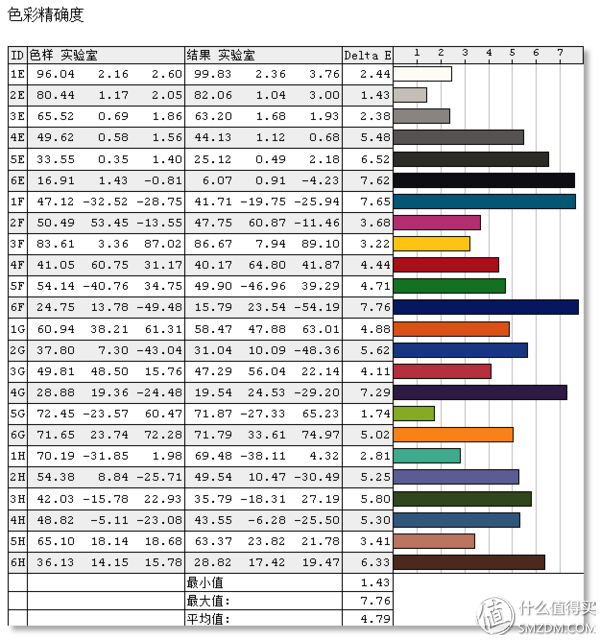
Of course, the design of televisions and monitors is different. These test data are for reference only and are not described in detail.

By the way, it compares it with the SONY 55EX630 in my living room. This is the lowest series in SONY and it has been discontinued.

The picture of 40PFF5650/T3 is yellowish with respect to EX630. It should be LED backlight for different reasons.

The 40PFF5650/T3 showed much better performance in light leakage and brightness uniformity. The leakage of my 55EX630 was too serious. It should be noted that the camera shooting will enlarge the light leakage situation. When the normal viewing time is not deliberately viewed, the light leakage is basically not felt.
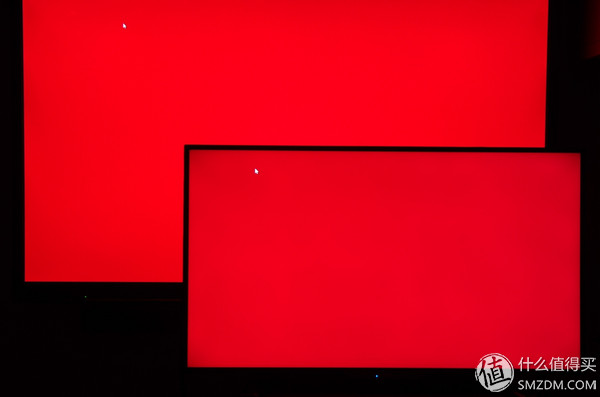
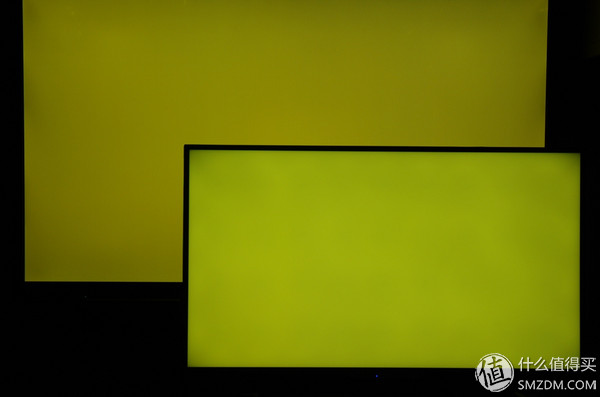

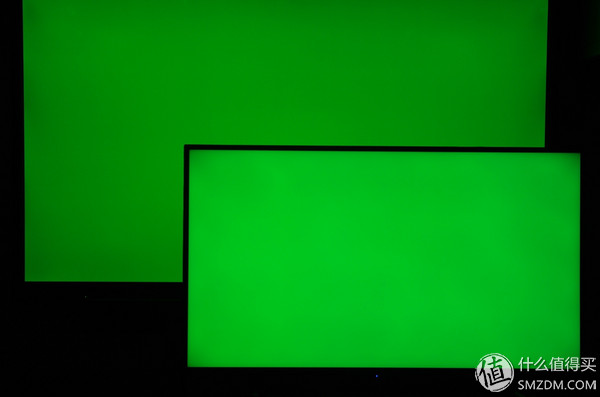
The red of 40PFF5650/T3 is darker than that of EX630, yellow is slightly green, blue is close, and green is bright. It can also be seen that the 40PFF5650/T3 has dark corners.
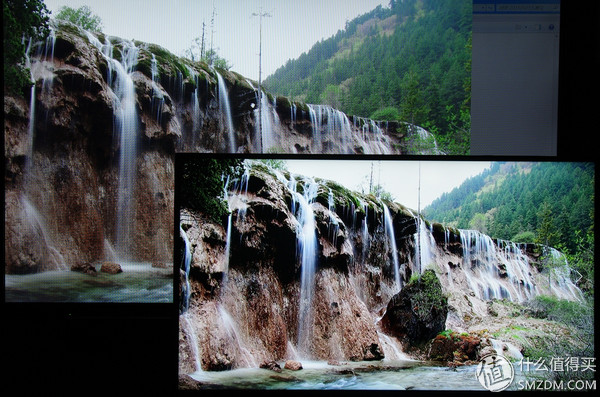
Finally, take a look at Jiuzhaigou Pearl Beach Waterfall photos, 40PFF5650/T3 shows a more bright and sharp, EX630 is relatively soft, but the details of the dark part of the 40PFF5650/T3 is weaker than the EX630. The main aspect of the picture quality is to look at personal preferences. It is hard to say who is good or bad. I personally prefer the color of the EX630. It may be a habit.
5, power consumption test

The maximum power consumption of 40PFF5650/T3 is 64.3W. This power consumption should not be too large.

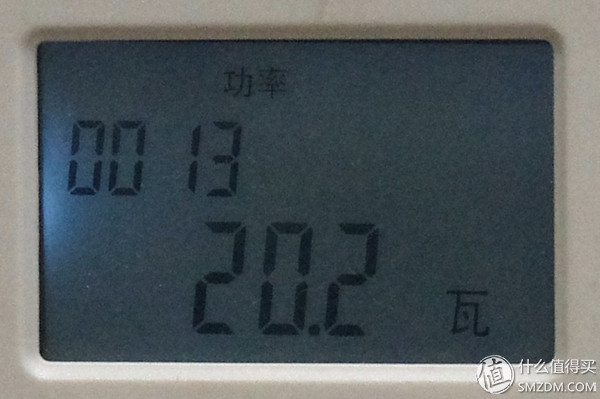
The 50% brightness and the minimum brightness are 39.9 and 20.2 respectively. It seems that the circuit part consumes a small amount of power and is mainly consumed by the backlight.
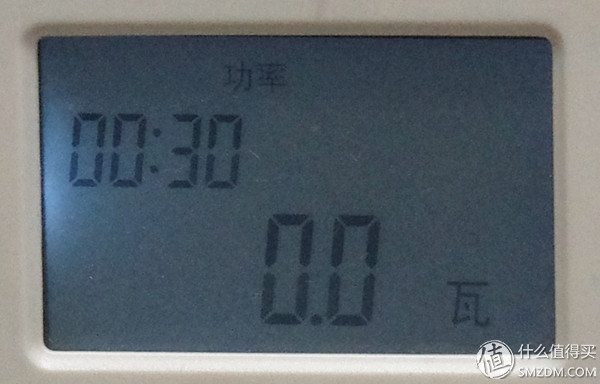
My power meter will not display in standby state, display as 0
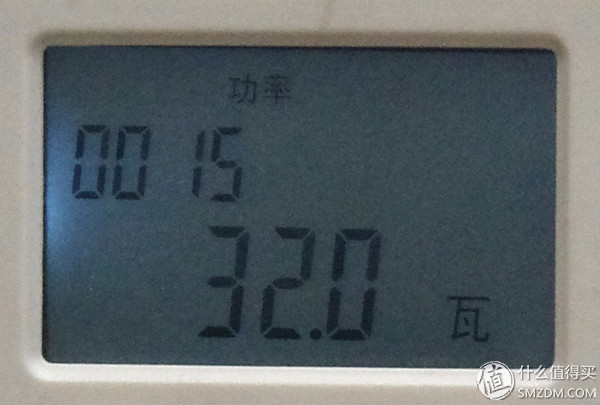
Here I found another bug: before I saw other people's evaluation also mentioned, 40PFF5650/T3 in the smart TV and HDMI input computer mode, the screen can not be set, the brightness of these can not be changed. But I actually found that these modes do not lock the brightness, but just lock the menu, I turn the brightness down in other modes, and then into the computer mode power consumption dropped to 32W, visible 40PFF5650/T3 backlight brightness settings are global Effective.
Incidentally, the 40PFF5650/T3 has a good heat condition. After two to three hours of work, the hottest part of the shell is only slightly lukewarm. It is more reliable than some products with poor heat dissipation to make ultra-thin steamed buns.
6, test summary
Appearance: Although the 40PFF5650/T3 shell plastic sense is serious, but after all, that are usually invisible behind the place, the front 12mm narrow border plus silver brushed logo color value is still very good, but the power indicator light position is undoubtedly a failure.
Quality: 40PFF5650/T3 image quality quite satisfactory, and no excels, color temperature is low, so the overall picture looks a little yellow, blue and green color performance is better, but the dark part of the poor performance, not suitable for seeing dark Screen.
Interface: HDMI interface is the biggest flaw, but as a low-end TV can support ARC and CEC is a rare, laterally inserted connector design is also very practical, if it is equipped with a multi-HDMI input with the audio can basically eliminate the interface Short board
Intelligent system: 40PFF5650/T3 system configuration is not high, the operation is slow but acceptable, but the built-in software function is too weak, can not be used normally, the application store software is not much, before the manufacturers upgrade these software, or To seek third-party software to meet the demand.
Blu-ray: Although I do not have the instrument to detect the spectrum, given the technical background of Philips, adjusting the LED peak should be completely feasible. In this regard, 40PFF5650/T3 is undoubtedly advantageous.
Summary: Philips 40PFF5650/T3 features a more comprehensive, screen delay, ARC, CEC and other functions to solve a full solution, whether it is for watching TV or playing games have a good performance. Although too little HDMI interface will cause a little impact, but because of support for ARC and CEC, adding more audio systems with multiple HDMI inputs will solve the problem. The unique net blue function can also make people worry about Blu-ray damage a lot. Philips 40PFF5650/T3 is priced at 2499 yuan, basically the same level with the same product (original price), but now the product is rarely sold at the original price, worthless or depends on the degree of concessions, such as the Philips Tmall flagship store is now in the price of 2099 Sales, and provide 0 down payment 0 fee instalments, as well as a patch panel and a one-year extended warranty, so it is a worthwhile product under a discount. But the premise is that someone needs to know a little about the Android system and can install software that is easy to use for you. Its built-in software features are too bad.